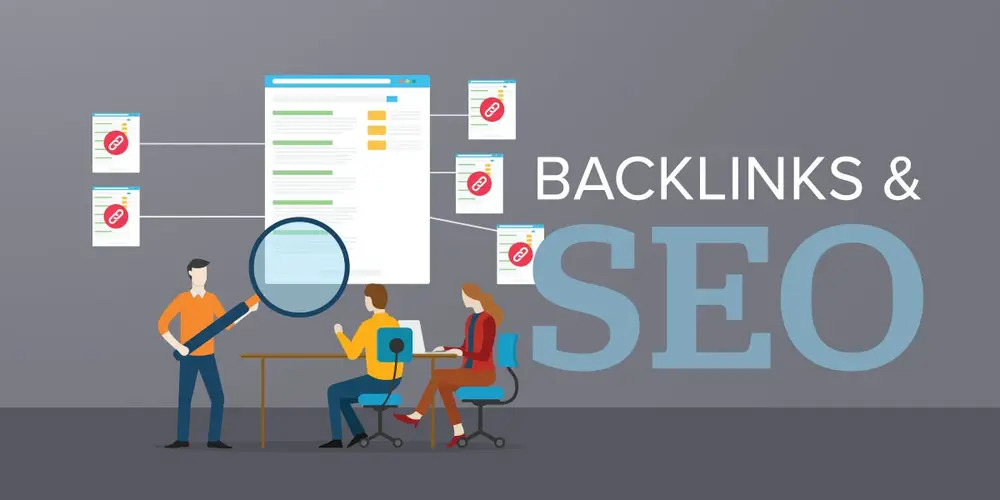
What are backlinks and how to quickly find donor sites for posting backlinks?
In the intricate web of SEO, backlinks act as vital connective strands that not only lend credibility to your website but also serve as conduits for increased visibility. Understanding the nature of backlinks and harnessing them effectively can significantly bolster a site’s standing in the competitive digital ecosystem. This article aims to demystify backlinks and elucidate a strategic approach to finding and securing valuable link donors.
What are Backlinks?
Backlinks, commonly known as inbound links or external links, are hyperlinks that direct toward your website from another domain. They are pivotal in SEO as they are a testament to the content’s credibility, essentially serving as votes of confidence from one site to another. Search engines interpret these links as endorsements, often resulting in improved rankings within search results.

How to Find Link Donors
The process of acquiring backlinks from reputable donors involves a multi-step strategy that begins with thorough research and ends with the securement of beneficial link partnerships.
Step 1 – Search for Website Competitors on the Network
The quest for potential link donors starts with identifying your digital competitors. Tools such as Google’s own search engine, SEMrush, or Ahrefs can pinpoint websites that rank well for keywords relevant to your niche. By analyzing these competitors, you can begin to map out a landscape of where your backlink efforts should be concentrated.
Step 2 – Download Competitor’s Referring Domains
Once competitors are identified, delve into the specifics of their backlink profiles. Most SEO tools offer the functionality to export a list of referring domains for any given site. This inventory serves as a blueprint of potential backlink sources that are likely to be amenable to hosting links to similar content – in this case, yours.
Step 3 – Cleaning the Domain List and Checking Exchange Links
The next stride involves curating the list. Scrub through the domains for relevance, authority, and the quality of content. Disavow any dubious or spammy sites. Tools like Moz’s Domain Authority (DA) checker or Majestic’s Trust Flow can help assess the quality of these potential backlinks. Ensure also that these domains do not engage in link exchange schemes, which can be penalized by search engines.
Step 4 – Select the Conditions for Receiving Links
Establish your criteria for link acquisition. Consider factors such as the linking domain’s relevance to your industry, the context in which your link will be placed, and any monetary considerations if applicable. It is also crucial to determine the type of backlink you desire, be it a dofollow link, which passes on link equity, or a nofollow link, which doesn’t.
In conclusion, backlinks are the currency of the web’s search economy, and acquiring them from the right donors is crucial. By methodically researching, vetting, and selecting backlink sources, you can build a robust link profile that can dramatically enhance your site’s SEO performance.



